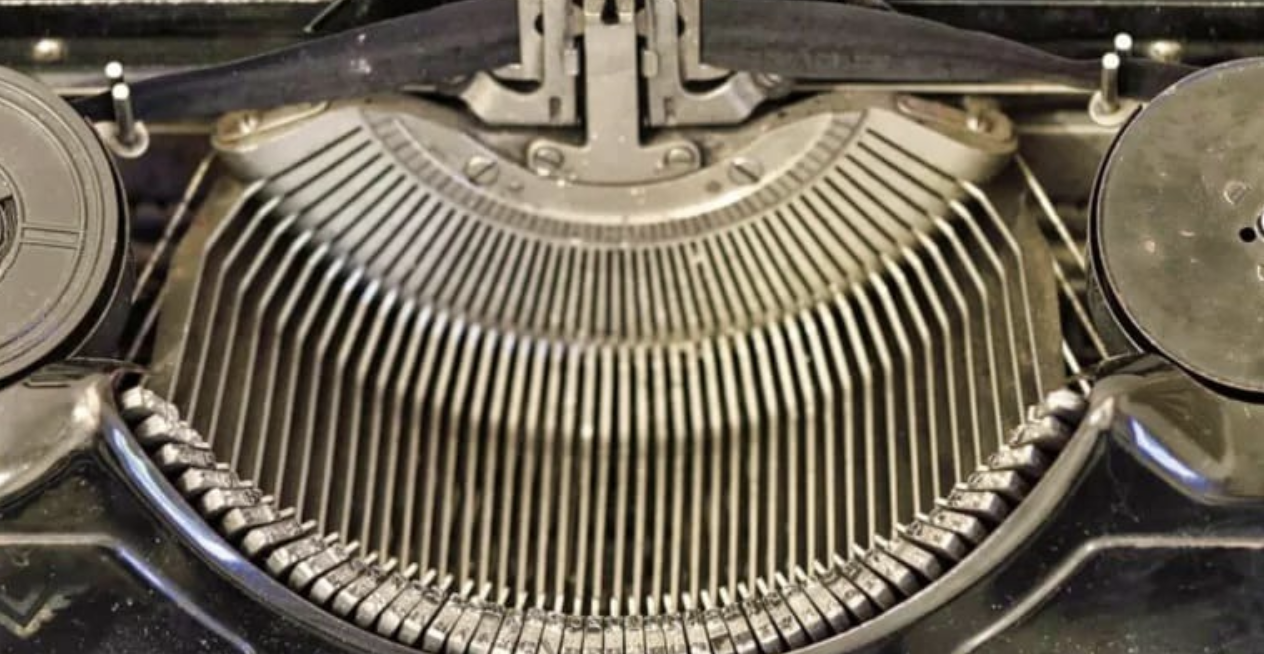In an age dominated by digital devices and touchscreens, there is something truly special about the typewriter. It takes us on a sentimental journey back to a time when writing was done with typewriters, creating a unique connection to our past. As we reminisce about the days gone by, let’s explore the fascinating history and enduring legacy of these timeless writing machines.

The History of Typewriters
The idea of a mechanical writing machine can be traced back to the 18th century, but it wasn’t until the 19th century that actual typewriters came into existence. The Remington No. 1, also known as the Sholes and Glidden typewriter, was introduced in 1873 and quickly became a commercial success. This breakthrough invention marked a new era in the mechanization of writing.
Early typewriters used the “QWERTY” keyboard layout, which is still in use today on computers and devices. This layout was designed to prevent commonly used letter combinations from jamming the mechanical typewriters.
The Impact on Communication and Society
The invention of the typewriter had a profound influence on communication and society. Here are some ways it transformed the world:
- Faster and Efficient Writing: Typewriters revolutionized the speed and efficiency of writing and document production. Professional typists could produce papers much faster than handwritten copies, boosting office and commercial productivity.
- Document Standardization: The consistent precision of typewritten characters brought a new level of standardization to documents. This was especially crucial for legal and official papers.
- Journalism and Publishing: Typewriters played a crucial role in the world of journalism. Reporters and writers could produce text more quickly, resulting in faster news transmission and the rise of newspapers as a primary source of information.
- Access to Writing: Typewriters made writing more accessible to a wider range of people. As the cost of typewriters decreased over time, more individuals could engage in professional writing and correspondence.
- Archiving and Preservation: Typewritten texts were more durable than handwritten manuscripts, leading to improved archival quality. This has been instrumental in preserving historical documents and literary works.
A Lasting Legacy
Although typewriters have been largely replaced by computers and digital devices, their legacy lives on in various ways:
- Collectors’ Items: Vintage typewriters have become highly sought-after collector’s items and antiques, valued for their unique designs and historical significance.
- Nostalgia and Inspiration: The clacking sound of typewriter keys and the tactile experience of typing evoke a sense of nostalgia. Some authors still find inspiration in the tactile feel of typewriters.
- Artistic Expression: Artists and designers incorporate typewriter writing into their work, blending classic beauty with modern innovation.
- Symbolism: Typewriters have appeared in literature, movies, and art, symbolizing different eras and providing a timeless connection.
- Writing Retreats and Workshops: Some writing retreats and workshops provide typewriters as tools to enhance creativity and focus.
The typewriter, a mechanical marvel that revolutionized communication, remains an enchanting piece of history. Its evolution from early prototypes to sleek, practical machines has shaped how we create and consume written information. While technology has advanced, typewriters continue to inspire writers, artists, and enthusiasts, reminding us of the physical bond between typing and the creation of words on paper. They serve as a beautiful link to our literary heritage.





